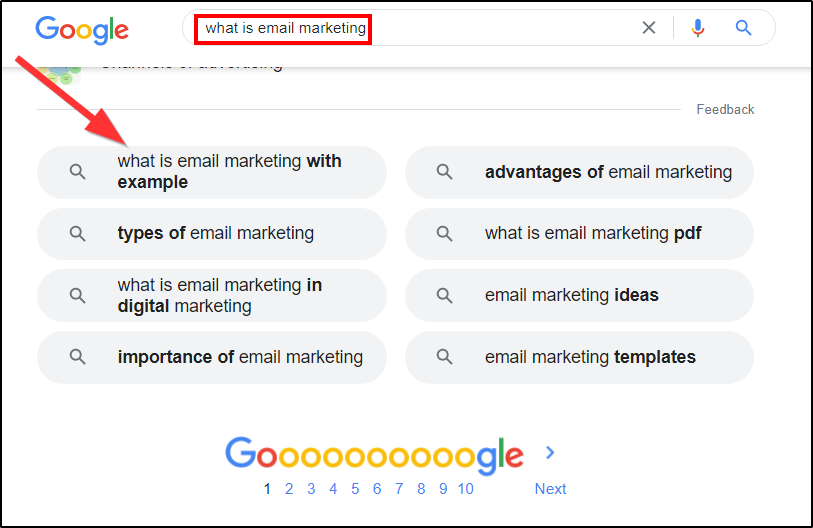The digital landscape is ever-evolving, with search engines continually refining their algorithms to provide users with the most relevant information. One feature that has garnered significant attention is the “People Also Search For” (PASF) suggestion. This feature appears prominently in search engine results pages (SERPs), guiding users toward related topics and enhancing their search experience. But what exactly is “People Also Search For,” and why is it so important?
What Is “People Also Search For”?
“People Also Search For” is a dynamic feature that appears when users interact with search results. Typically, after a user clicks on a link from the SERP and then returns to the search results, a box with related search queries appears beneath the initial result. These related searches are designed to provide additional pathways for users who may not have found what they were looking for initially.
How Does It Work?
The PASF feature leverages complex algorithms and vast amounts of search data. By analyzing the search behavior of millions of users, search engines like Google can identify common patterns and relationships between different search queries. When a user looks up a specific term, the search engine not only processes the query but also considers the queries of other users who searched for the same or similar terms. This contextual understanding allows the search engine to offer related search suggestions that are highly relevant to the original query.
Benefits for Users
- Enhanced Discovery: PASF helps users discover new information that they might not have considered. For instance, if a user searches for “best Italian restaurants,” they might also see suggestions like “best Italian restaurants near me” or “best Italian dishes to try.”
- Improved Search Experience: By providing related search options, users can refine their search without having to start from scratch. This can save time and make the search process more efficient.
- Broader Perspectives: PASF exposes users to different facets of a topic, offering a more comprehensive understanding. This can be particularly useful for research or when learning about complex subjects.
Benefits for SEO and Content Creators
- Keyword Insights: For SEO professionals and content creators, PASF is a goldmine of keyword ideas. By analyzing these suggestions, they can identify popular and relevant keywords to target in their content.
- Content Opportunities: Understanding what users are also searching for can help creators develop content that addresses those additional queries, filling in gaps and providing more value.
- Enhanced Visibility: By optimizing content to answer related queries, websites can increase their chances of appearing in the PASF suggestions, driving more traffic to their site.
How to Leverage PASF for SEO
- Research Related Queries: Use tools like Google’s Search Console, SEMrush, or Ahrefs to find out what related searches appear for your primary keywords.
- Create Comprehensive Content: Develop content that not only addresses the main keyword but also the related queries. This can be done through detailed articles, FAQs, and sub-sections.
- Monitor Performance: Keep an eye on how your content is performing for both the primary and related keywords. Adjust your strategy based on what works best.
Conclusion
The “People Also Search For” feature is more than just a convenience for users—it’s a powerful tool for discovering new information, enhancing the search experience, and driving SEO success. By understanding and leveraging PASF, both users and content creators can benefit from a more connected and comprehensive search ecosystem. As search engines continue to evolve, features like PASF will undoubtedly play an even more critical role in shaping how we access and interact with information online.
